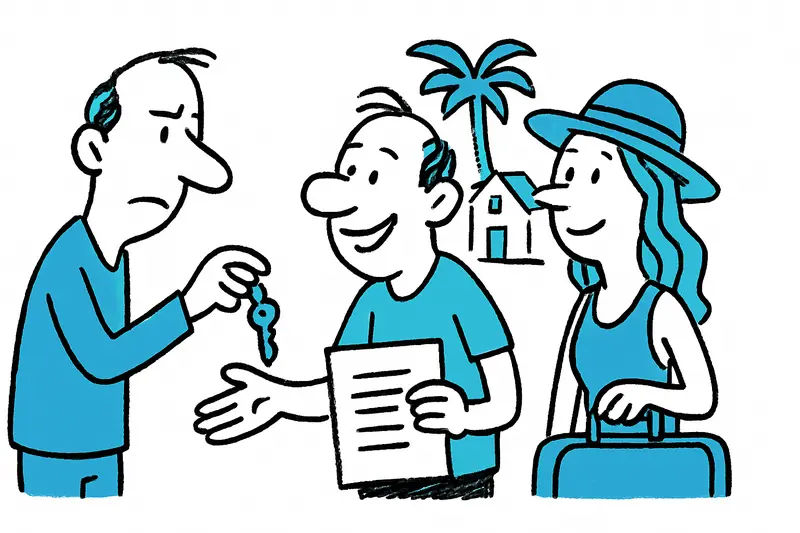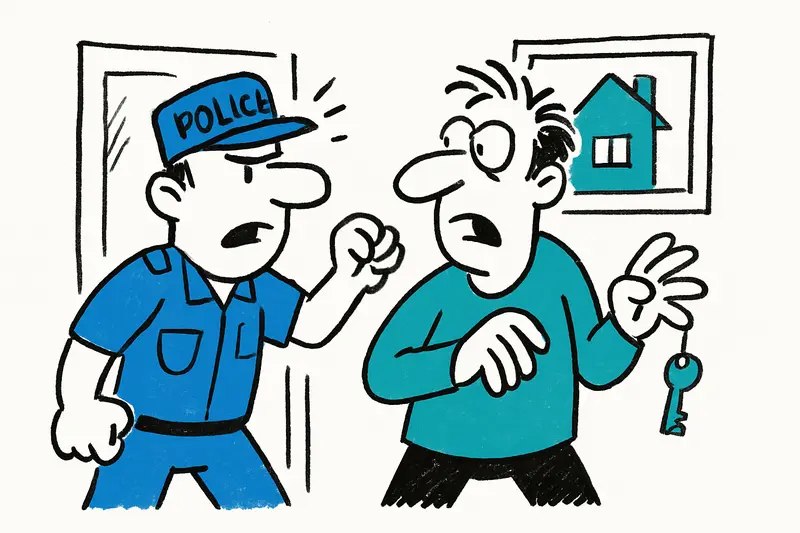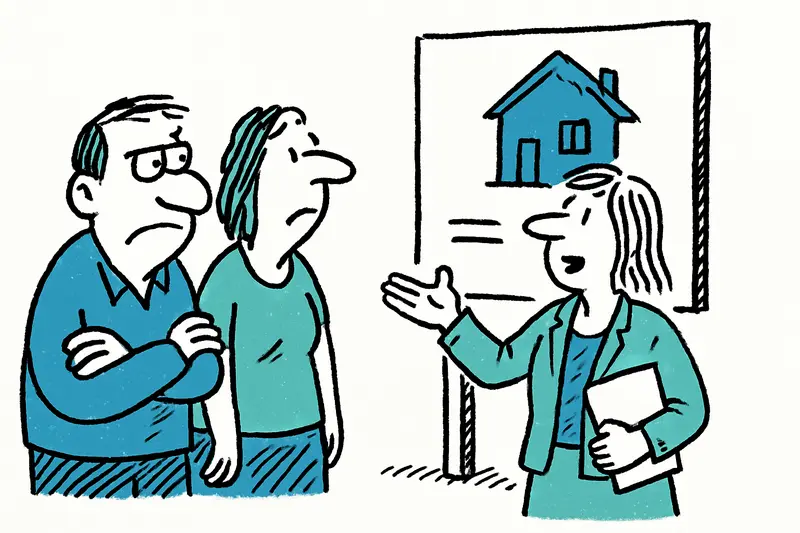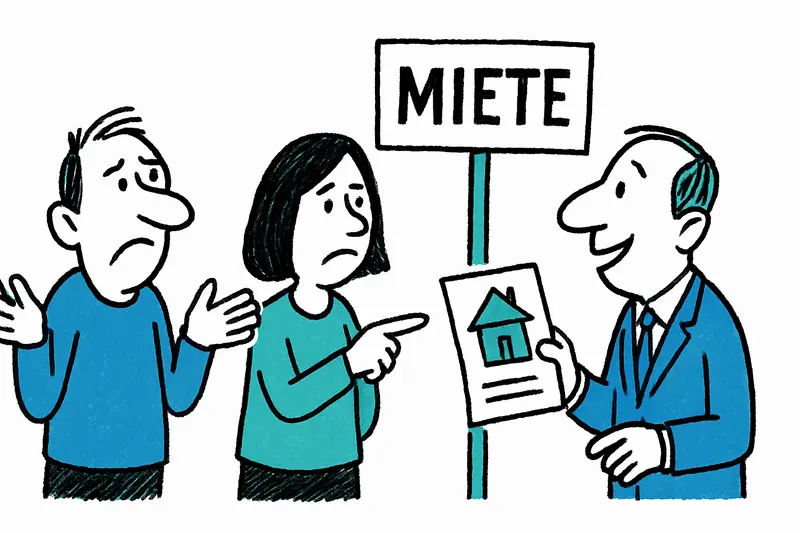Madrid will allow regions to set their own maximum limits for rental subsidies. In Mallorca tenants and municipalities hope for practical adjustments — but there is also skepticism.
More flexibility for rental subsidies planned
On the Balearic Islands something could change next year that many have been discussing for months: the new draft from Madrid foresees that the autonomous regions may set up to which level rents can be subsidized by the state. In short: away from rigid nationwide ceilings, towards regional rules.
Why this is important on the island
The previous flat-rate regulation – ceilings of up to 900 euros per apartment or 450 euros per room – no longer matches the reality of many municipalities. Anyone walking through Palma's old town or along the Passeig Marítim in the morning quickly notices: prices are high, listings are scarce, and mainland figures lag behind. For people who live and work here, the previous amounts are often too low to provide real protection.
What this means in practice
If the regions get free rein, Balearic rules could emerge that, for example, distinguish between median rents or neighborhoods — i.e., higher subsidies for Palma and Calvià, lower ones for rural areas. The government in Madrid wants to pass the plan before the end of the year; until then there are many steps: talks with the housing ministry, votes and the setting of concrete criteria.
Caution and hope at the same time
The idea sounds sensible: help where it is needed. But there are also critical voices. Some warn that higher subsidies without clear ceilings could distort the market and encourage landlords to raise rents. Others demand that subsidies be linked to income, length of residence and proof requirements — not merely to the price per square meter.
On the street you hear both: the young family that has been looking for a suitable apartment for months; the older woman who has lived in her neighborhood for years and fears rising additional costs. Local authorities must now find the balance: transparent, pragmatic and with an eye on island realities.
I will continue to follow this — it remains a topic discussed equally in our corner café and in town hall chambers. As soon as there are concrete figures or a timeline, I will report back.
Read, researched, and newly interpreted for you: Source
Similar News

Illegal Subletting: When Long-Term Tenants Rent Rooms to Tourists
On Mallorca, more and more long-term tenants are cheating — they sign regular rental agreements and then secretly sublet...

Illegal Subletting in Mallorca: When Long-Term Tenants Become Tourist Landlords
Increasingly, long-term tenants sign regular leases and then secretly rent the apartment to holidaymakers. Here's why ow...

Palma Tightens Crackdown on Illegal Vacation Rentals: Fines Over 300,000 Euros
The Island Council in Palma has imposed substantial penalties on several illegally rented apartments. Almost all units h...

Nearly 500 Occupied Houses for Sale on the Balearic Islands – What It Means for Buyers and Neighbors
Currently, nearly 500 occupied properties are listed for sale on the Balearics. We explain how common this is, where it ...

Fewer Foreigners Buy Real Estate on Mallorca – Prices Rise, Supply Shrinks
The Balearic Islands recorded a decline in foreign buyers in the first half of 2025. Reasons: rising price per square me...
More to explore
Discover more interesting content

Experience Mallorca's Best Beaches and Coves with SUP and Snorkeling

Spanish Cooking Workshop in Mallorca

